Are missed runs and lost fish all down to a lack of suction?
Fishing is all about percentages. If you can swing the odds in your favour by loading the dice then your chances of catching are obviously greatly improved. This could sometimes be as simple as fishing the right place at the right time, but that is only part of the story and, more often than not, a lot of the small tweaks that can be made to every aspect of our fishing are made not through certain knowledge that they will make a difference, but because gradually acquired experience leads us down a particular line of thought.
Of course, very often this is a case of ‘reinventing the wheel’, as others will have come to the same conclusions, but especially for a stubborn bugger like me, often it can take a while before the penny drops.
It was the loss of a big pike right at the side of the boat in February 2016 that galvanised me into doing something this time. As anyone who has ever spent much time pike fishing will know bites can be very different in February to what they are in October. Come the Spring takes can range from very finicky, with a high proportion being missed, to steady, but the fish coming adrift during the fight.
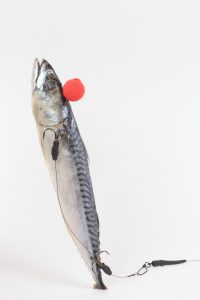
The ‘sit-up’ presentation worked well on some venues.
Several theories have been put forward as to why this should be, ranging from the fish are becoming tackle shy, to them becoming more interested in spawning than feeding. Whilst there is merit in these ideas, I think the main reason for poorly-hooked fish is somewhat less prosaic and based on a simple fact. Fish, being cold-blooded, slow down when the water temperature is low. Not only do they, on average, move around more slowly, but their senses are also somewhat dulled.
Apply this idea to how pike feed and you can start to see why water temperature can effect the behaviour of the pike. Pike are quite happy picking up deadbaits off the bottom. If you watch any of the numerous videos on You Tube that show how pike pick up baits you will see that they approach the bait and then expand the buccal cavity (the inside of the mouth) by flaring the gills and dropping the lower jaw. This creates negative water pressure inside the mouth which effectively sucks the bait up and into the mouth. When pike feed on live prey the mechanism is just the same.
The amount of ‘suck’ created is dependent upon the volume change in the pikes mouth and the speed at which it expands the buccal cavity. Because the mouth isn’t sealed the cavity has to be expanded quickly to create enough force to suck up the bait.
Creating negative pressure inside the mouth and sucking in food items is actually how most coarse fish feed. Look at a few carp, barbel or tench videos and you will see the same thing. It isn’t the only way that they feed, but it does happen a lot of the time.
As water temperature drops the speed at which a pike can increase the volume of the buccal cavity decreases. As a result, the sucking force created drops. This means that instead of a bait being taken easily into the mouth (sometimes too easily), it only just moves and could well end up in the extremities of the jaws.
An obvious way of helping the bait to enter the mouth was to make it semi-buoyant, to the point where it would only just sink. Initial experiments on a couple of gravel pits worked OK. Yet, when we took the modified approach to Chew Valley, it failed to produce as many takes as a standard bait. At the time we were using the ‘sit-up’ approach, with a bait made buoyant so that it would sit up off the bottom on its tail. On some lakes the fish didn’t appreciate this presentation and so it was back to the drawing board.
To achieve a very slow-sinking bait that still lay flat on the bottom I started messing around with using bits of buoyant foam (the stuff sold to carp anglers for turning boilies into pop-ups) attached between the hooks. This looked rather ‘Heath-Robinson’, but in fact worked quite well. Initially, I would thread the trace wire through the foam when making my traces, but soon I swapped this to attaching the foam to the wire, and eventually a friend came up with the idea of using mini zip-ties to attach the foam. The eventual version was easy to use, could be added mid-session, even with a bait in place, and could be easily trimmed to give the desired sink-rate.

Hook position was clearly improved by the Bait Flipper.
And so the Bait Flipper was born. As I say, there is nothing new in fishing and I am sure others have done something similar in the past. Whilst it hasn’t revolutionised my deadbait fishing the reduction in missed runs and fish lost during the fight has been quite significant, to the point where it has become an essential part of my rigs. This Spring for example my boat partner and I had over thirty fish in three days fishing, from little more than a couple of pounds to over thirty, and four times as many fish were lost on the non-buoyant baits, compared to the semi-buoyant ones.
Hook-holds were also quite interesting, with often the top hook catching in the scissors. A good sign that the bait has been a good distance into the mouth. The number of runs missed that left teeth-marks in the centre of the bait was also reduced – suggesting once again that the bait is getting further back when picked up.
You might think this is a load of baloney. So be it, but I can think of few edges that have made such a difference to my deadbaiting and I wish I had started doing this years ago.

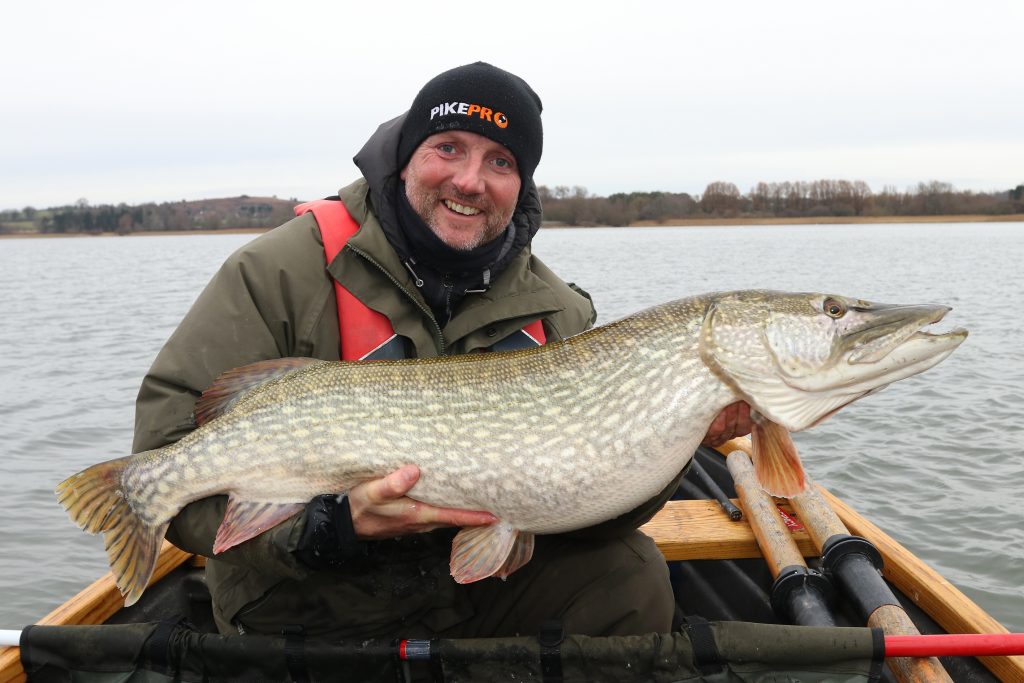
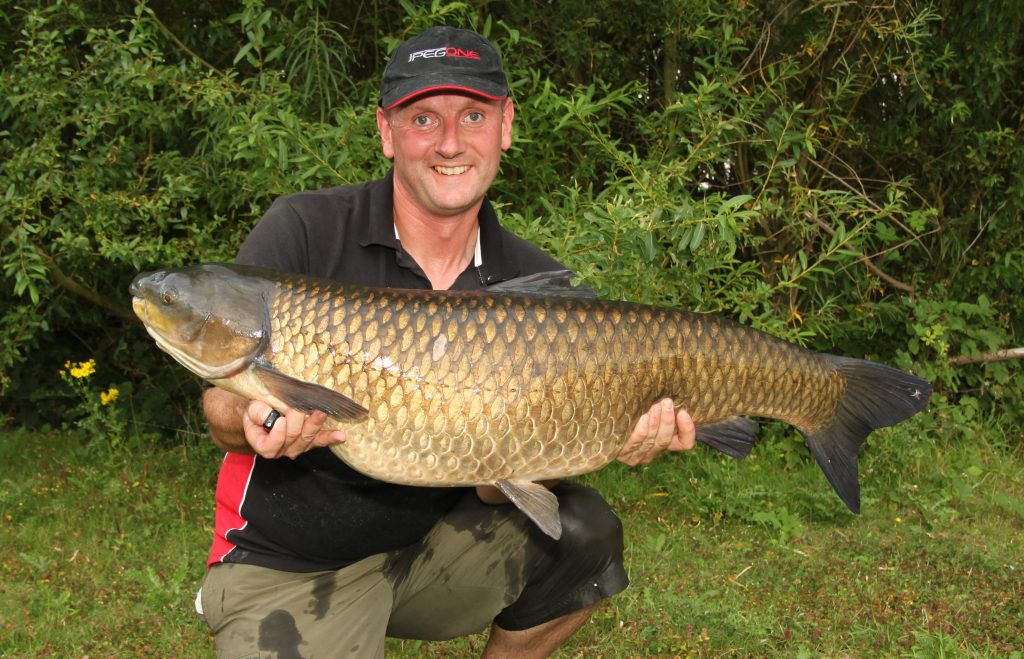

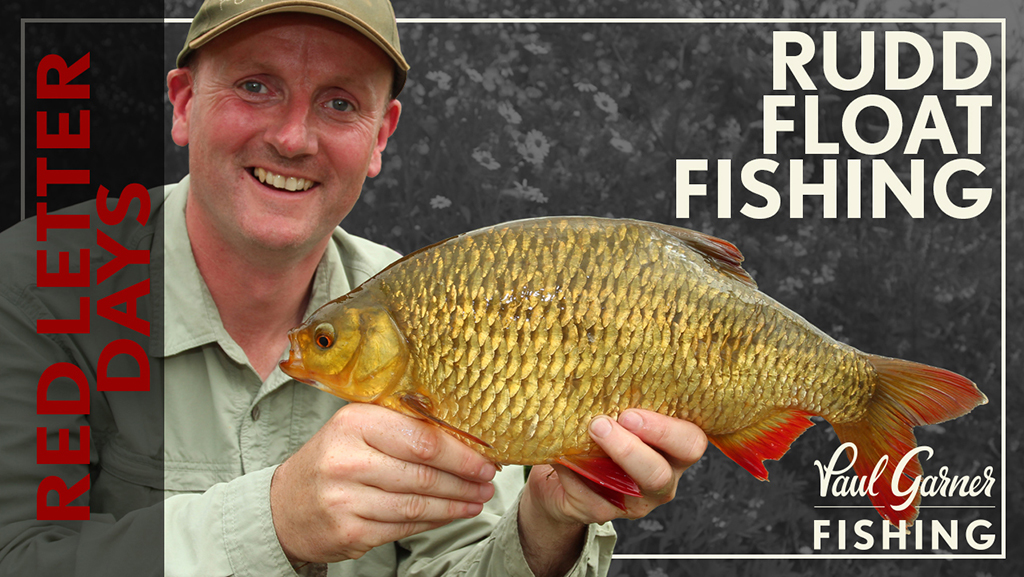
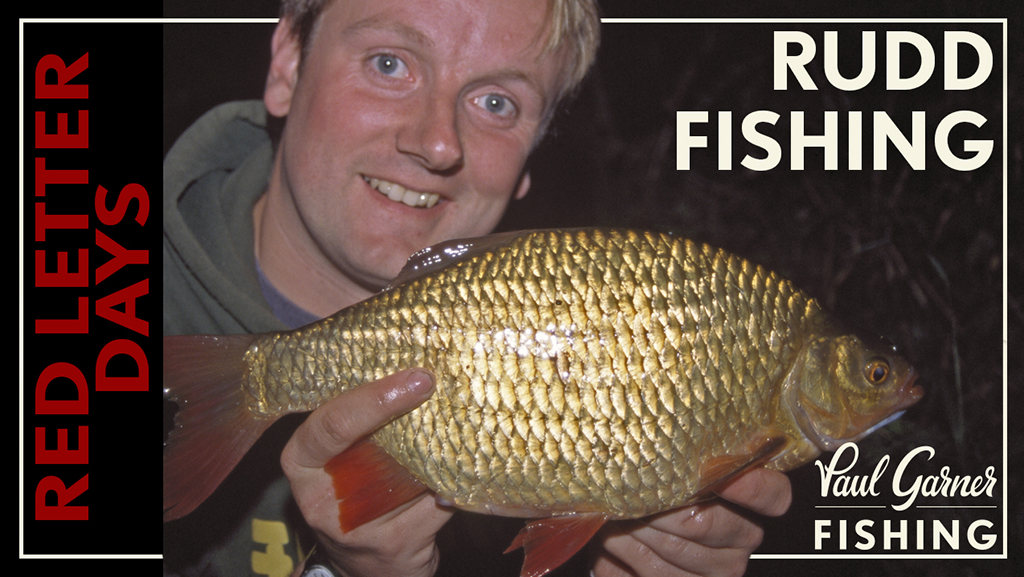
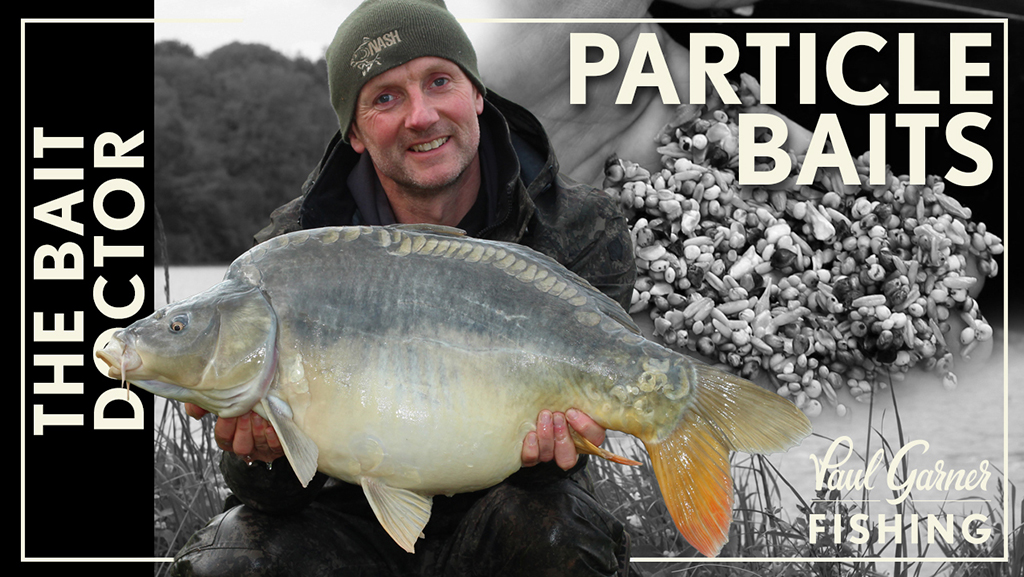
No Comments